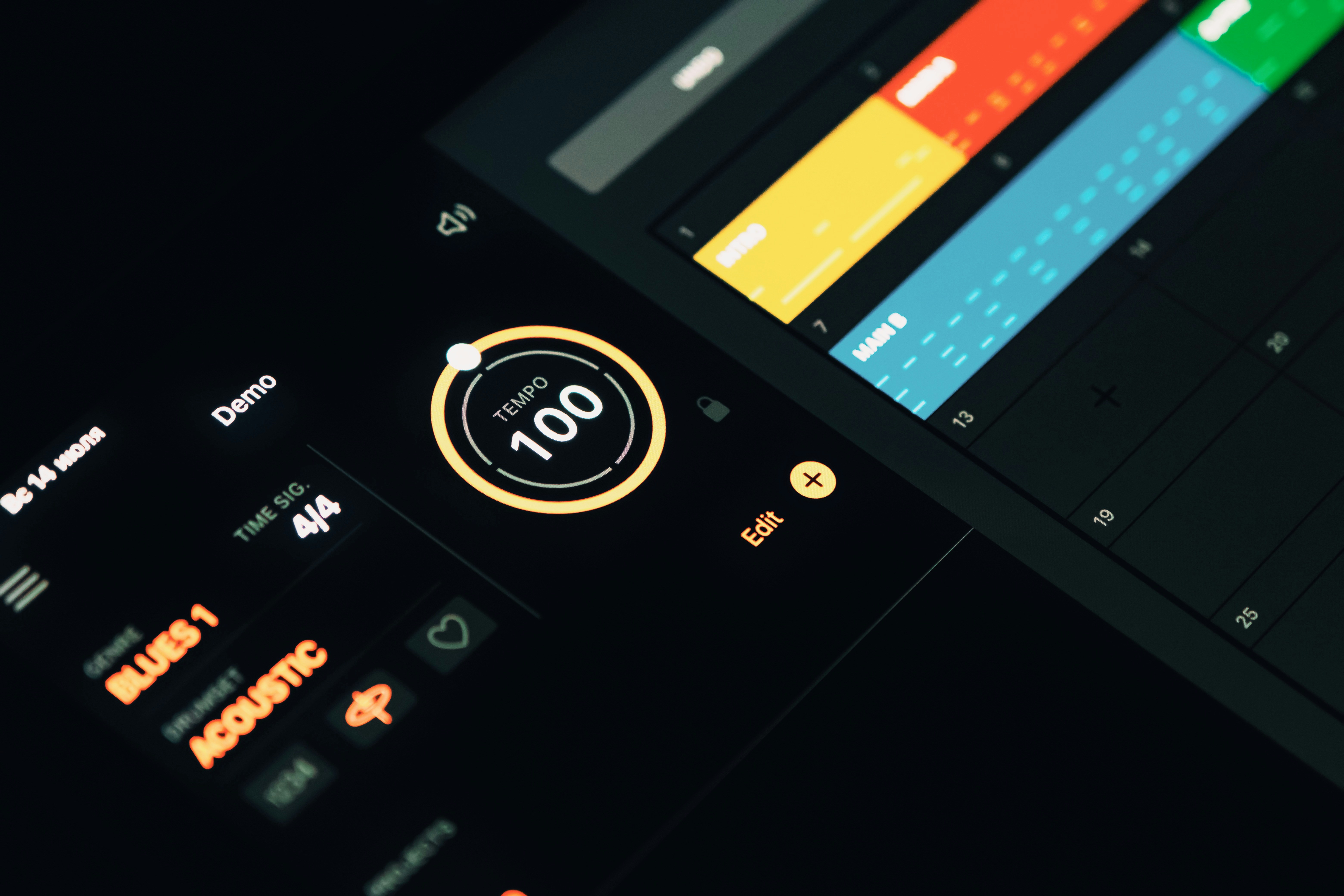June 19, 2025
Article
What’s Changed?
AI Mode & Search Live: At Google I/O 2025, Google launched AI Mode, powered by its Gemini 2.5 AI model—complete with conversational input, follow-up questioning, multimodal search, background dialogues, and “agentic” features like booking tickets or shopping for you developers.google.com+11neilpatel.com+11semrush.com+11apnews.com+4blog.google+4wired.com+4.
Audio & Visual Search: As part of Search Labs, users can access Audio Overviews and Search Live—voiced summaries and camera-based, conversational search that respond to spoken or visual queries androidcentral.com.
Why It Matters for SEO?
Fewer Clicks, Fewer Visits: AI-generated summaries (AI Overviews) and AI Mode answers are satisfying users directly, causing up to a 30% decline in click-through rates developers.google.com+4theaustralian.com.au+4reddit.com+4en.wikipedia.org+11apnews.com+11developers.google.com+11. Publishers report impressions up, clicks down—especially for informational queries semrush.com+3searchengineland.com+3barrons.com+3.
Zero-Click Search on the Rise: Semrush found AI Overviews appeared in about 13% of all queries in March 2025, up from ~6.5% in January—with the highest impact on informational topics (Science, Health, Society) searchengineland.com+15semrush.com+15developers.google.com+15.
A Shift from Ranking to Being QuotedTraditional page 1 rankings aren’t enough; your brand needs to be cited within AI summaries xponent21.com. For SEO, this means elevating trust signals and expertise across your site.
Emergence of Answer Engine Optimization (AEO)AEO (or Generative Engine Optimization/GEO) is optimizing content to rank higher in AI-generated summaries and voice responses—requiring conversational, structured content and clear attribution semrush.com+4en.wikipedia.org+4en.wikipedia.org+4.
Opportunities for Rich & Visual ContentGoogle uses diverse content in its AI overviews—images, videos, visuals, podcasts, FAQs—so brands should diversify content formats .
How to Adapt Your SEO Strategy:
1. Build Topic AuthorityCreate in-depth hubs covering FAQs, myth-busting, comparisons, and guides. Use structured formats (FAQs, tables, bullets) to increase AI-mode citation chances developers.google.com+12developers.google.com+12xponent21.com+12.
2. Optimize for AEOUse conversational language and clear, concise answers.Add AI-friendly metadata like “llms.txt” or JSON-LD defining Q&A.Add context or provenance statements to demonstrate credibility en.wikipedia.org.
3. Diversify FormatsInclude infographics, short videos, images, and audio previews to offer multi-modal content for AI Mode and voice search webfx.com+1blog.google+1.
4. Monitor & Measure DifferentlyTrack zero-click impressions and AI-driven engagement using tools like Semrush or Search Console's Web impressions. CTR alone is no longer enough semrush.com.
5. Make Your Site AI-Agent FriendlyOrganize content with scannable FAQs and structured data.Ensure your site enables actions (form fills, shopping, bookings) that AI Mode agents can access directly.
6. Maintain Brand AuthorityEncourage reviews, social engagement, guest posts—the trust signals AI relies on to decide citation relevance .
Potential Pitfalls to Watch Out For
Accuracy Risks: AI tools can summarize incorrectly—errors grow as AI models handle sensitive topics .
Traffic Redistribution: AI features currently prioritize lower-monetization, informational searches—but there’s potential spillover into commercial queries down the line wired.com+3semrush.com+3xponent21.com+3.
Publisher Pushback: Some content creators worry Google is “intercepting” clicks without compensation barrons.com+9thetimes.co.uk+9wired.com+9.
The No-Code Revolution
In the past, building anything AI-powered required backend logic, APIs, and dev teams. Today, no-code platforms eliminate those barriers. Builders like Framer, Bubble, and Glide let you create and deploy real apps using visual interfaces—no JavaScript or Python needed. The result is a new wave of solo builders and small teams launching faster than ever.
Automation Without Engineering
Platforms like Make (Integromat), Zapier, and n8n allow users to build workflows that automate tasks between 5–10 apps in one go. When you integrate AI into those flows, the impact is exponential. You can auto-reply to support tickets, summarize documents, or score leads in real-time using OpenAI—without writing any code.
Bringing AI Into the Stack
Many no-code tools now offer native AI features. Framer lets you connect GPT to personalize website copy. Softr allows you to embed AI search inside client dashboards. Zapier’s GPT step can rewrite emails, analyze feedback, or even generate creative ideas. The barrier to entry has dropped—and now AI is just another block in your flow.
Scaling Smart, Not Hard
Once your automations are set, they scale. A solo founder can run blog creation, CRM, lead responses, newsletters, and social content all on auto-pilot. Instead of hiring a team, you're managing a workflow. These tools don’t just speed things up—they make one-person companies sustainable.
What Comes Next?
We’re entering a new phase where AI is not just a tool—it’s a co-builder. With GPT-powered logic, app creation can be conversational. Soon, you’ll describe what you want in plain language, and platforms will generate it visually. For founders, designers, and creators, this means shipping smarter—and never starting from scratch.

